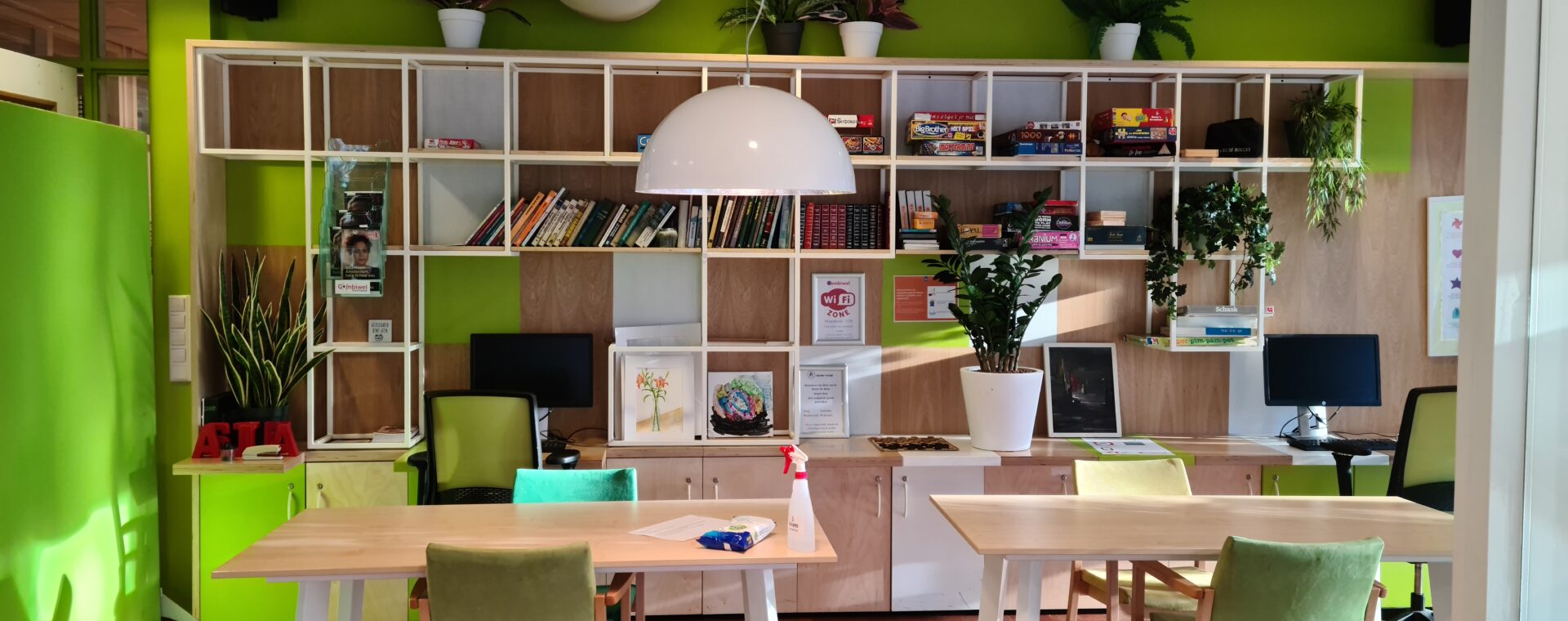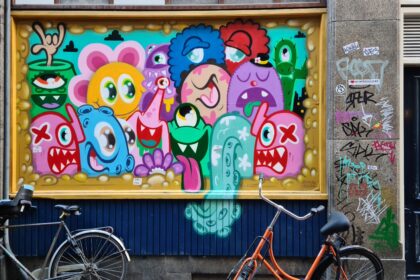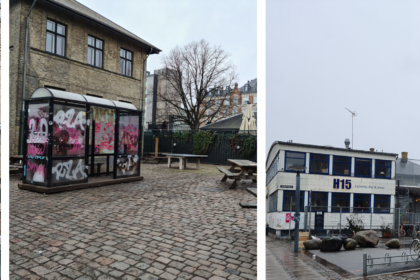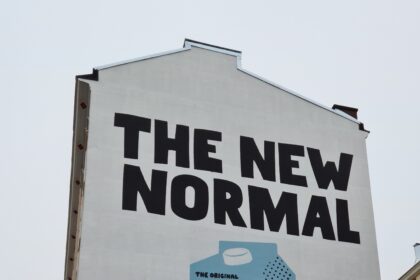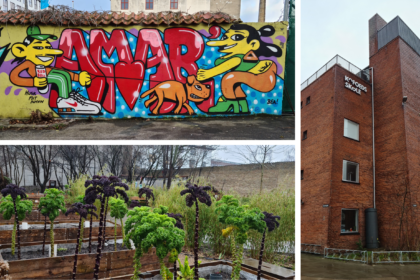Keywords: Participation society, community turn, community center, community work, place, socialisation, social policy, decentralization
In this resource, you will find the case “A place for all is a place for no one – Participation in community centre De Boeg” and two related themes with each their questions, exercises and related materials:
- Theme 1: A place where people feel welcome, takes time, patience and effort to develop
- Theme 2: The professional challenge
You can jump to the different themes by clicking the title of the theme you wish to work with.
Read the case before continuing with the themes:
THEME 1: A place where people feel welcome, takes time, patience and effort to develop
According to sociologist and philosopher Henri Lefebvre (1999) places are social products that ‘conceals the productions of contradictions’. This somewhat abstract phrase depicts the social reality of power that is at work when people with different social backgrounds meet in shared urban spaces everyday, such as the street, public transportation but also a place as the community center. We learn from his statement that we cannot take for granted that people, when negotiating places, will be generous, cooperative and inclusive. Places are, in this sense, not neutral but defined by disparate social norms, values and interests of different actors.
In an analysis of how norms, values and interests have to be addressed in urban communities. Gradener and De Kreek (2019) draw upon Flyvbjerg’s notion of phronesis. This phronetic work entails a process of conciliating diverse ‘ways of valuing, being and doing’ at the community level. This process of conciliating diversity, they state, requires an active engagement of all involved in exploratory value based dialogical activities. They observed social and community workers in neighborhood activities, aiming to not only conciliate differences, but to engage community members in a process of ‘cultivation’ of community diversity. They pursue the question: How can we transform space into a place for everyone? For this to happen, placemaking requires an imaginative endeavor. The actual space, such as the community center De Boeg, described in the case ‘A Space for All’, needs to be imagined by all people involved as part of a new and shared ‘symbolic universe’ where everybody are welcomed and respected. This requires patience, time and effort from all involved.
A phronesis exercise
Underlying question of this exercise: How can we make community centers not only part of ones own’s identity, an attractive place, but also a place of togetherness?
De Boeg is a good example of a place in which different values, practices and interests come together in one social space. Take a look at different personages in the case. Important: identify the efforts of all involved, and based on these efforts, discuss the following questions:
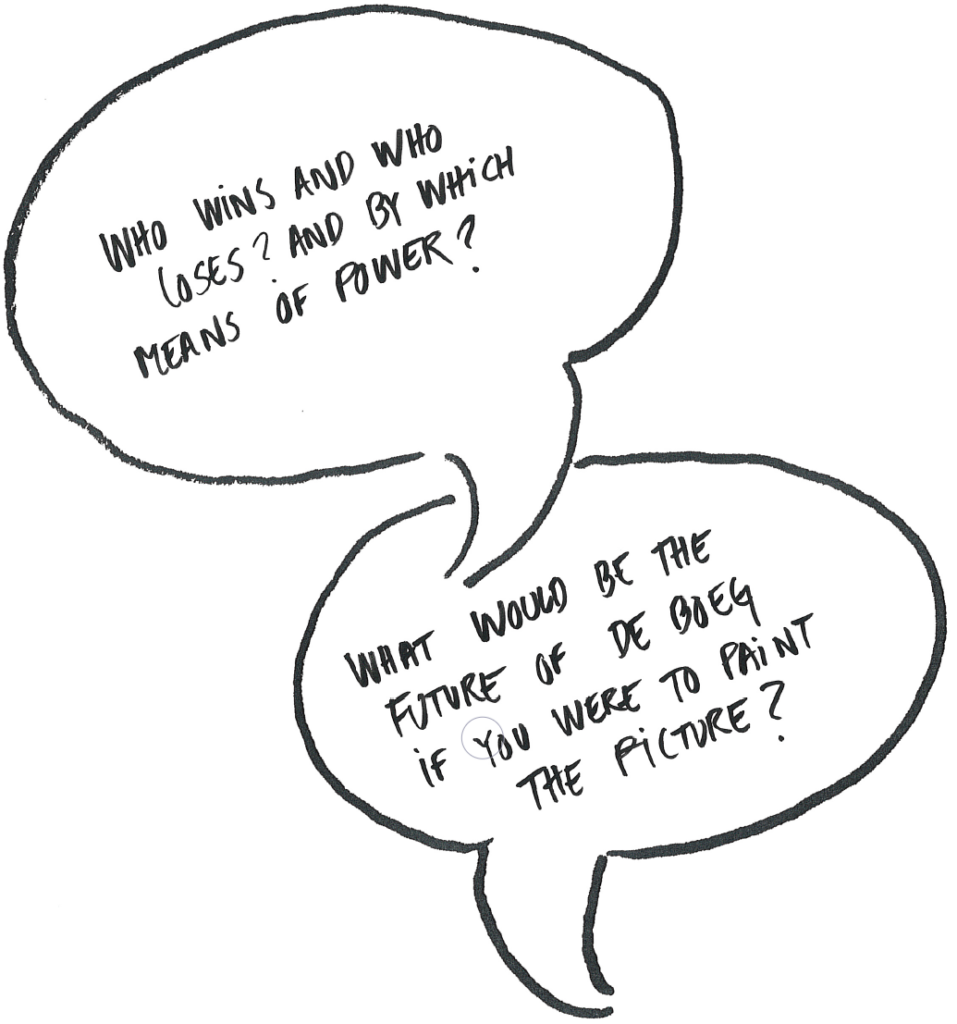
- Where are the current practices in De Boeg evolving towards?
- Do the current visitors of de Boeg find these current practices desirable?
- Who wins when these different practices will continue?
- Who loses when these practices will continue?
- If you were a social worker in de Boeg, what kind of steps would you take in this context?
THEME 2: The professional challenge
Since our welfare states have slowly evolved towards a ‘participation society’, an increasing number of former government-funded professional social services, are delegated to voluntary civil society organizations (see section 2). Citizens in need are expected to firstly address their informal networks for support, and when this support is insufficient, social workers guide the search for voluntary support systems. According to policy makers, it is the neighborhood that social work scholars and researchers should look to, when aiming to build a resilient society. Social workers increasingly are expected to adopt community-based strategies: to strengthen social capital and networks in neighborhoods, and support citizens-in-need with collective neighborhood resources. This requires social workers to operate in continuous interaction with social and informal actors such as informal caregivers, local networks, experiential experts, associations, volunteers and civic initiatives.
In actual practice, the implementation of this policy ideal turns out to be complex and raises concerns. Particularly larger urban contexts form a challenge to the development of vital social networks. Communities to harness informal support systems are not easily developed. Especially in neighborhoods where individuals and households already face high life-demands due to poverty, unemployment, and stigmatization. In a context where professional social support is downscaled and informal social networks are over-burdened, the danger of failing to deliver support to those most vulnerable looms large. At the same time, diversity and experiences of shared life challenges can be a rich source of ‘bonding’ social capital, and create opportunities to build new networks.
Professionals affiliated with De Boeg experience a variety of challenges in their work in the community center. They need ‘to be inclusive, support the vulnerable in their needs and let the citizen be in charge’ (see section 1). Discuss the following questions:
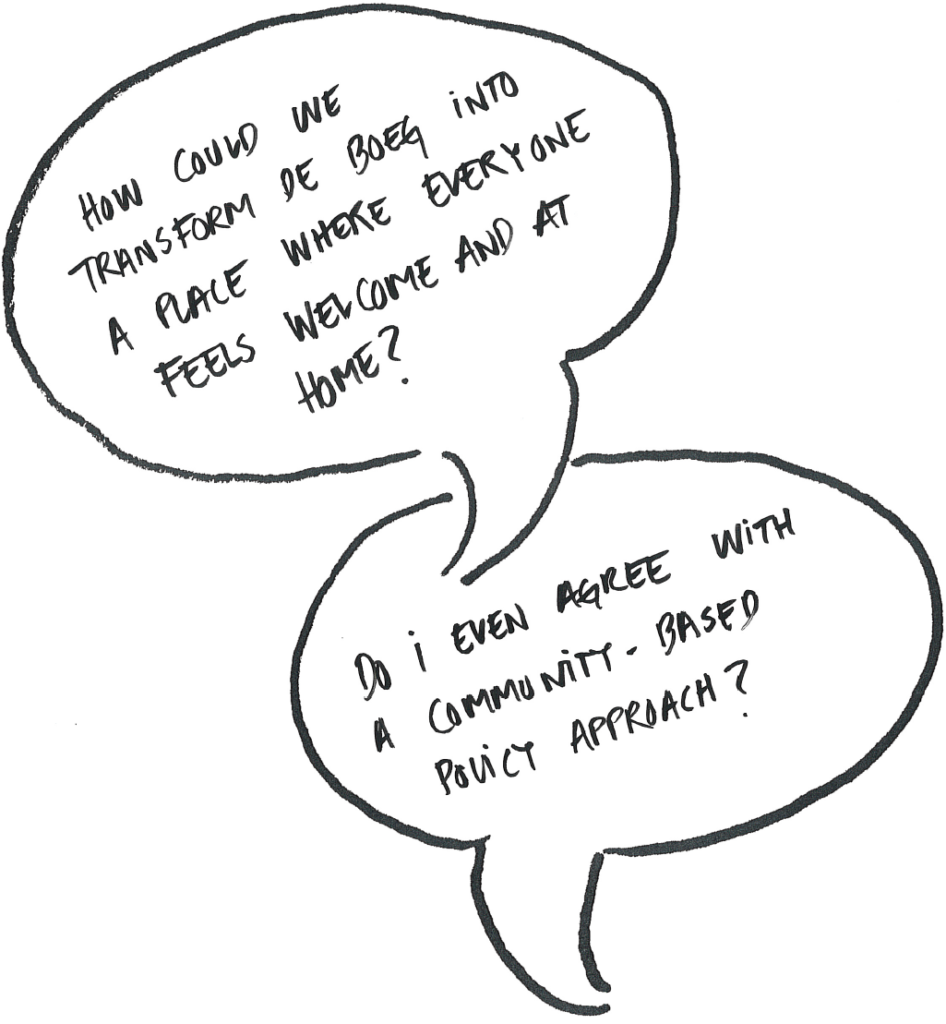
- What professional challenges do you recognize (see section 5 and 6 in the case about De Boeg)?
- How would you describe the common features of these challenges?
- What are the professional or other values that are unfolding in these challenges?
References
Flyvbjerg, B. (1999). Planning Theory, Power and Progressive Phronesis. Reply to Stefano Moroni. Planning Theory, 4(1), pp 134-138.
Gradener, J., & de Kreek, M. (2019). Negotiating consent in neighbourhood-based community development work. In S. Banks, & P. Westoby (Eds.), Ethics, equity and community development (pp. 83-102). (Rethinking Community Development). Bristol, United Kingdom: Policy Press.
